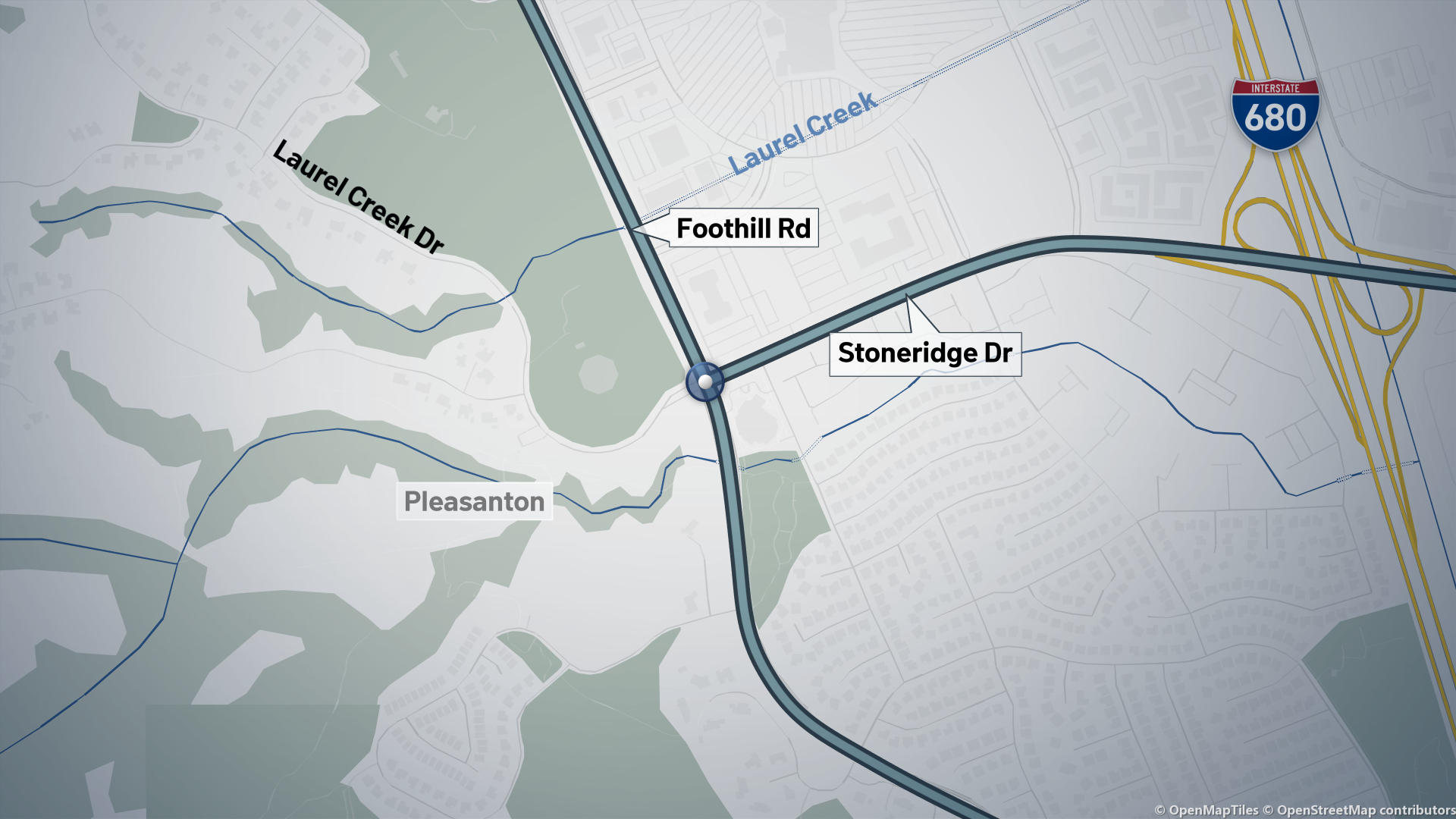The power shutoff program Pacific Gas and Electric invoked the month before the deadly Camp fire may have averted nearly two dozen fires in the North Bay, given the extensive wind damage to its equipment, according to data the utility recently submitted to state regulators.
In its required assessment of the Oct. 14-17 Public Safety Power Shutoff program, the utility told regulators the effort spanned seven counties in the Napa area and Sierra foothills and ended up leaving about 60,000 customers without power for several days.
The utility acted, it said, amid dire forecasts of the kind of high winds that can easily knock down power lines.
Before turning the power back on last month, the utility learned of about 23 “wind-related issues’’ that required immediate intervention, according to its accounting filed Oct. 31.
It is not clear whether any problem involved a possible violation of brush-line clearance regulations.
PG&E indicated that 18 power lines were either knocked down or damaged – many from tree limbs falling in the winds. In five other cases, branches endangered lines and posed immediate threats, the assessment found.
PG&E found five pole cross-arms were damaged and one of its poles failed. In three cases, the disc-shaped insulator components mounted to protect poles and towers against heat, were damaged. Crews also found two damaged fuses and one damaged transformer.
Local
“In each case,” the utility said, “PG&E repaired or replaced the damaged equipment prior to re-energizing.”
The apparent October success story has critics wondering why PG&E failed to activate the same program amid fears of high winds and dry conditions leading up to the Nov. 8 Camp fire disaster in Butte County.
State Senator Jerry Hill (D-San Mateo) reviewed photos in the PG&E report showing the 18 damaged lines in October, which did not spark a single fire.
“When you look at those pictures, it’s terrifying – the extent of the damage to that equipment,” he said.
The data in the assessment, he said, showed the shut off program clearly worked in October.
“We protected a lot of people by turning that power off,” Hill said, “and by not turning the power off in November, we put a lot of lives, 88 to be precise, at risk, who lost their lives.”
But in a regulatory report filed this week detailing the decision not to turn off the power, PG&E executive Patrick Hogan reiterated that forecast conditions in Butte County did not merit shutting off the power there.
He stressed that “turning off power to our customers is a decision that does not come easily, is not made lightly, and will be exercised only as a last resort.”
“You think, when they saw the successes of October that they would have taken the action in November” said Hill.
The company had no additional comment Thursday, saying the reports speak for themselves.
Whether or not it was a success in October, PG&E’s program probably would not have prevented the Camp Fire had it been activated. That’s because the line suspected of sparking the fire was exempt from being shut off.
PG&E says its 115,000 volt Caribou-Palermo line was involved in the outage before the Nov. 8 fire. It’s part of a class of higher voltage transmission lines that PG&E says it keeps on in high fire threat situations because it needs to maintain the stability of the transmission grid that sends power across vast areas of the state.
However, shutting off other power lines could have prevented a second fire that started minutes later, in the nearby town of Concow. The line that failed there was a lower voltage line subject to shut down under the program.
Given the clear risks, Senator Hill said he thinks it is time for the utility to turn off all its lines in areas under threat of extreme fire danger.
Even if it means headaches for customers – something that he believes was a factor for the utility’s decision-making leading up to the Camp fire.
“I think frankly they were more concerned about the political and public relations fallout.”



